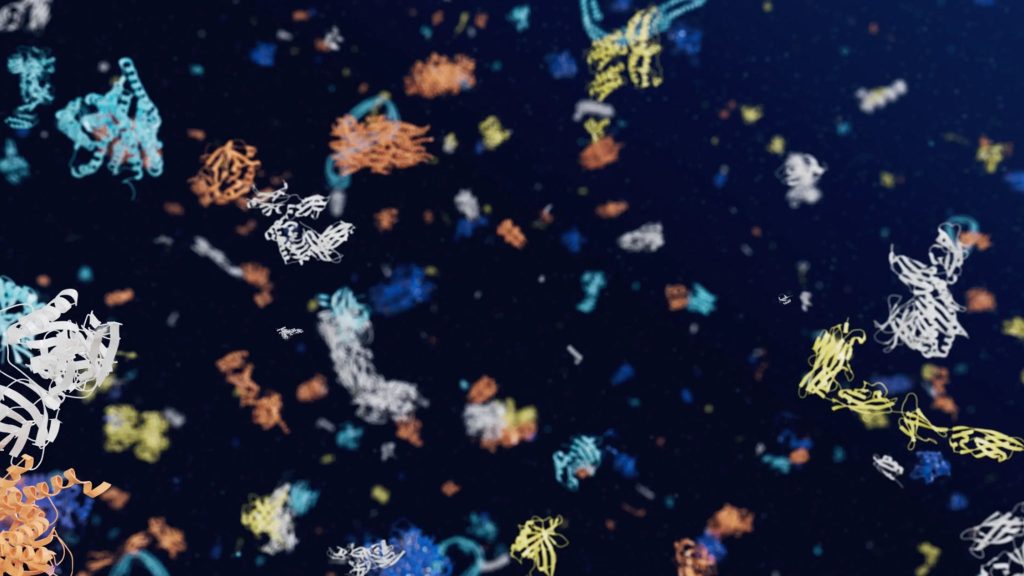HAYWARD, Calif., May 12, 2020 /PRNewswire/ — OptiScan Biomedical Corporation, developer of the only automated, multi-analyte, bedside, continuous blood monitoring system for use in the intensive care unit (ICU), today announced that the OptiScanner® 7000 has received CE Mark certification for use in the European Union. The OptiScanner 7000, which builds upon the company’s OptiScanner 5000 (glucose) and OptiScanner 6000 (glucose and lactate) products, allows for the automated, continuous bedside monitoring and trending of glucose, lactate and central venous oxygen saturation (Scv02) levels from a single micro-sample of a patient’s blood. The CE Mark certifies that the OptiScanner 7000 has met all relevant EU consumer safety, health, and environmental requirements, allowing it to be sold and marketed in the 30 countries that make up the European Economic Area (EEA).
The OptiScanner 7000 is designed to overcome the limitations of today’s intermittent, manually-operated monitoring devices used for glucose, lactate and ScvO2 monitoring in the ICU setting. In doing so, the system aims to provide physicians with the assessment, trending tools and information that they need to best manage critically ill patients in the ICU. The ability to automatically trend and monitor multiple critical parameters, such as glucose, lactate and ScvO2, aims at capturing the fullest, most accurate understanding of an ICU-patient’s metabolic condition from a single source, allowing physicians to detect problems early, intervene quickly and confirm successful resolution of the issues. By adding automated ScvO2 monitoring and trending to the capabilities of its platform, OptiScan is able to provide physicians with an unprecedented level of detail on ICU patients’ metabolic and hemodynamic status to support optimal care, particularly as it relates to sepsis. Both ScvO2 and lactate are key analytes in the early detection of sepsis, as well as monitoring the impact of medical interventions intended to resolve the condition. The continuous monitoring of these levels has the potential to play a central role in improving the care and outcomes of ICU patients experiencing sepsis.
GlucoseWith its glucose monitoring capabilities, the OptiScanner 7000 represents a significant advancement in the delivery of care to ICU patients by helping to prevent and combat hyperglycemia, hypoglycemia, and glycemic variability, through automated monitoring of patients’ glucose in plasma, as opposed to whole blood. It is estimated that approximately 40 to 70 percent of ICU patients suffer from “stress-induced hyperglycemia” or a temporary elevation of glucose levels, which is associated with increased morbidity and mortality. An additional 20 percent of ICU patients have pre-existing diabetes. These patients require frequent and accurate glucose monitoring to maintain appropriate glycemic control.
Lactate
The OptiScanner 7000’s ability to automatically trend patient lactate levels provides an additional important opportunity to optimize patient care in the ICU. Medical literature demonstrates that elevated lactate levels are common in patients with critical illnesses such as sepsis, burns and trauma, and are associated with adverse clinical outcomes including mortality. Sepsis guidelines and definitions indicate that medical interventions are considered effective in addressing the condition if lactate levels are shown to decrease over a given time period. However, several challenges often prevent lactate from being regularly or effectively monitored in the ICU, and at times, it is missed entirely. These hurdles include special sample handling requirements for current manual, lab-intensive monitoring technologies and the greater than one-hour turnaround time for results once a sample is collected.
ScvO2
ScvO2 represents an important analyte for monitoring as it serves as an indicator of global tissue perfusion by offering key insight into the balance between the oxygen delivered and oxygen used by a patient. This is particularly important in monitoring and managing the care of critically ill patients, including those undergoing cardiac surgery or with sepsis. Like lactate, ScvO2 is referenced as a key parameter is sepsis guidelines. Despite its importance, monitoring and trending of ScvO2 is limited by challenges such as the need for specialty catheters that are complex, difficult to use and expensive. By incorporating the measurement of ScvO2 into its automated platform, using the same microsample of blood, OptiScan is able to overcome these challenges and enable the convenient assessment and trending of this key analyte.
Lactate and ScvO2 levels are recognized as early warning signs of sepsis, as well as an indication of patient response to sepsis treatment. As such, the OptiScanner 7000 represents an important advancement in monitoring and guiding interventions in critically ill patients by enabling the automated, continuous tracking of these analytes in the same micro-sample of blood for the very first time.
“With our OptiScanner system, we are striving to empower physicians with the tools that they need to provide the best care possible to their critically ill patients by offering them the most sophisticated monitoring tools available. While a growing body of research supports the importance of automated, continuous monitoring and trending of glucose, lactate and ScvO2 levels in the ICU setting, in the real world, physicians never have access to trending of all these critical analytes simultaneously, and in real time. This is due to various challenges with the measurement of the individual analytes, as well as the standard practice of analyzing them each separately and manually,” said Cary G. Vance, chief executive officer of OptiScan. “With the OptiScanner 7000, we consolidate and automate the continuous monitoring and trending of all three of these analytes from the same micro-sample of patient blood for the very first time. In doing so, we are able to provide physicians with complete and dynamic insight into the patients’ metabolic and hemodynamic status, helping to provide early alerts to changing conditions, as well as feedback on treatment response.”
The OptiScanner platform offers several key advantages as compared to intermittent, manually operated technologies including:
> Measuring analytes in plasma as opposed to measurement in whole blood, which is used by various intermittent, manually operated technologies, yields superior accuracy.
>Ability to assess and trend glucose, lactate and ScvO2 levels with automated measurement every 15 minutes. Trending is not available in intermittent, manual systems.
>Freeing nursing to perform direct patient care by improving Nursing Hours per Patient Day (NDNQI Nursing Quality Indicator). Studies have shown that improving patient-to-nurse ratios improve outcomes and lower costs. For glucose monitoring alone, studies suggest that up to two hours per day of nursing time could be required for intermittent, manually operated technologies.
>Eliminating handling errors associated with blood samples drawn for intermittent, manually operated technologies.
>Avoiding frequent blood sampling from a central access line, which is associated with increased risk of infection, by connecting the OptiScanner directly to the central access line and maintaining a closed loop during use.
Triggering customizable alarms to prompt clinical action.
>Incorporating a range of ease-of-use features that include a touch screen, a graphic user interface that virtually eliminates the need for in-service to assist in set up or operation, and reagent-free measurement that removes the need for daily calibration.




